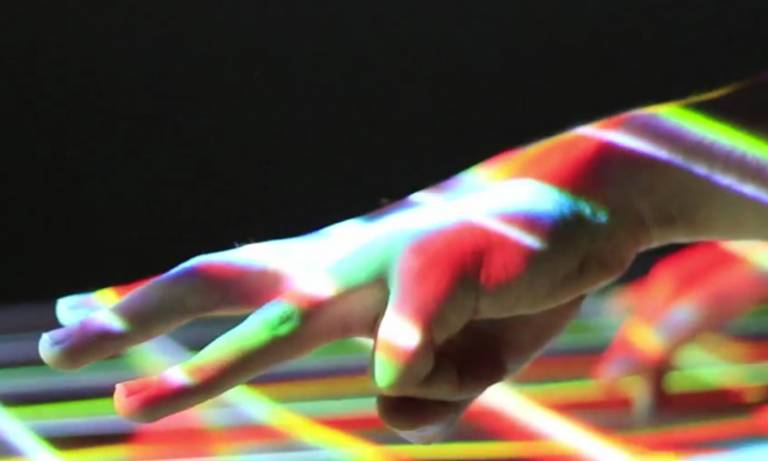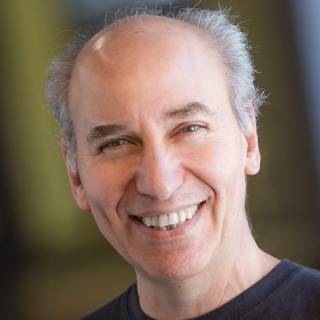Lecture: Design Intent in Sketching, Parametric and Generative Design
30 June 2017, 12:30 pm–1:30 pm

Event Information
Open to
- All
Organiser
-
MSc/MRes Architectural Computation (The Bartlett) with the support of The Leverhulme Trust
Location
-
Rm 6.02, The Bartlett, 22 Gordon Street, London WC1H 0QB
To build good parametric and generative models, designers must think hard about their design intent and encode it unambiguously. Sketching still has a role to play, but increasingly, parametric and generative modeling is being used to explore design concepts.
In this public lecture, Professor David Kirsh looks at some of the strengths and challenges of these modeling techniques from a cognitive science perspective.
- How does the iterative cycle of representation and interpretation differ in the different media?
- How does abstraction work in each?
- And what are the drivers of creativity?
These questions are more pressing now that massive increases in computational power have led to ‘deep’ machine learning and to a level of AI performance that many thought would never occur. Our partnership with our tools is changing.

David Kirsh

David Kirsh is Professor and past chair of the Department of Cognitive Science at UCSD. His is currently Leverhulme Visiting Professor at The Bartlett School of Architecture, UCL. He was educated at Oxford University (D.Phil), did post-doctoral research at MIT in the Artificial Intelligence Lab, and has held research or visiting professor positions at MIT and Stanford University. He is also currently is Adjunct Prof at Trinity Laban Conservatoire of Music and Dance.
He has written extensively on situated cognition and especially on how the environment can be shaped to simplify and extend cognition, including how we intelligently use space, and how we use external representations as an interactive tool for thought. He runs the Interactive Cognition Lab at UCSD, where the focus is on the way humans are closely coupled to the outside world and how human environments have been adapted to enable us to cope with the complexity of everyday life. Some recent projects focus on ways humans use their bodies as things to think with, specifically in dance making and choreographic cognition, how thought unfolds in many modalities, and how new digital and media tools are reshaping thought, especially in the different stages of design. He is on the board of directors for the Academy of Neuroscience for Architecture.
 Close
Close

